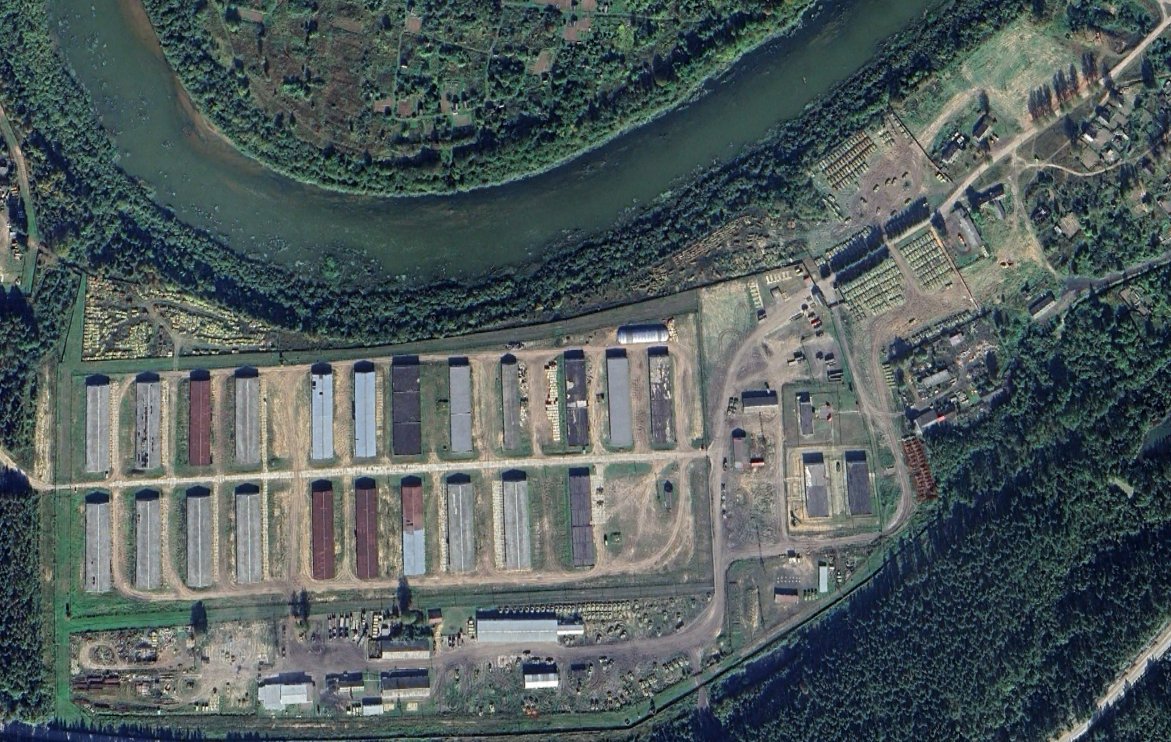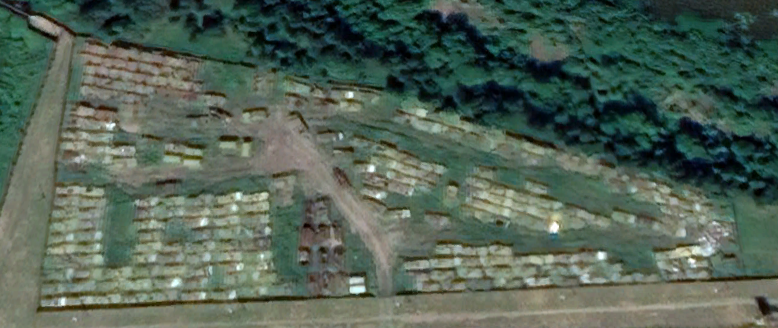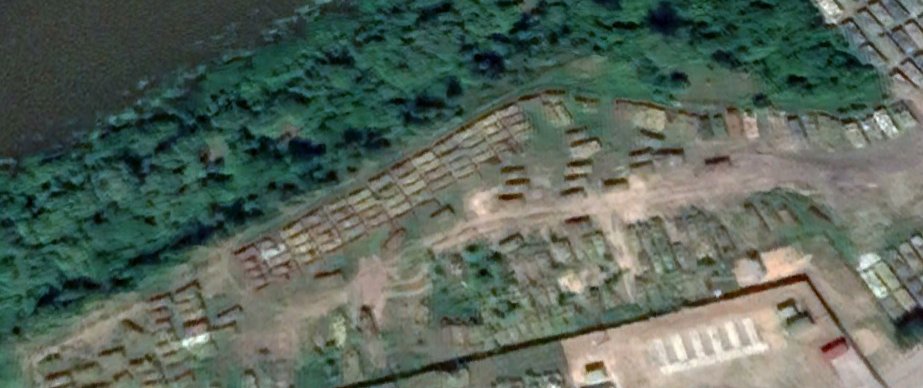2/ First of all, huge thanks to @CovertCabal and @HighMarsed, as always. Check Covert's video:
3/ We can see that this base is almost done, and equipment left here in the bottom of the barrel when it comes to the 22nd. 



5/ ARVs: as always, untouched. Stored ARVs must be in shitty condition, as they aren't pulled out in any storage base. 







6/ Re: ARVs.
https://x.com/Jonpy99/status/1830206063175413797
7/ BTR-80s: almost gone too, just 73 out of 429 left here by now, almost all reorganized in this spot and ready to be shipped out. 





8/ BMPs: there were at least 124 BMP-3s stored at the 22nd before the war, and by 2023 all were gone. Now it's mostly BMP-1s and BRM-1s (reccon BMP-1 variant) left, and a lot of them are in terrible condition. 







9/ Almost half of the BMPs, plus some 30 BTR-50s, are stored here. You can see that they started moving them around, despite being little more than husks: 







11/ However, you can see that they're getting desperate now and looking for every piece of equipment they can get running again: BRDM-2s, BTR-50s, and even the seven MT-LBus stored here have been moved around to be ready to ship out or cannibalize them for spare parts: 





12/ And I disagree with @a_from_s here: if anything, ordening everything in nice rows made up of vehicles clearly not missing turrets or engines points to those vehicles being the last batches of working armor that will be demothballed.
https://x.com/a_from_s/status/1851647293251821761
13/ In fact, you can see that some BMPs are already missing in these areas, despite haven't been left there for more than a few months at most. Plus track marks everywhere. 

14/ Take another look at the BMPs stored at the 6018th, showed in the quoted tweet: there too vehicles show recent movement, and it seems they lump together all remaining working vehicles, as there's also BTRs, BRDM-2s and MT-LBs alongside BMPs. 

15/ TL;DR: they're scrapping the barrel at the 22nd storage base and prepping all remaning AFVs in decent condition to be sent to Ukraine to replenish armor losses for the Russian invading forces. This base will probaby be depleted of anything but broken, rusty hulls by 2025.
16/ Finally, I know I've been pretty out these last couple months, but I'll have alot of free time in December to put out some decent threads.
• • •
Missing some Tweet in this thread? You can try to
force a refresh



























